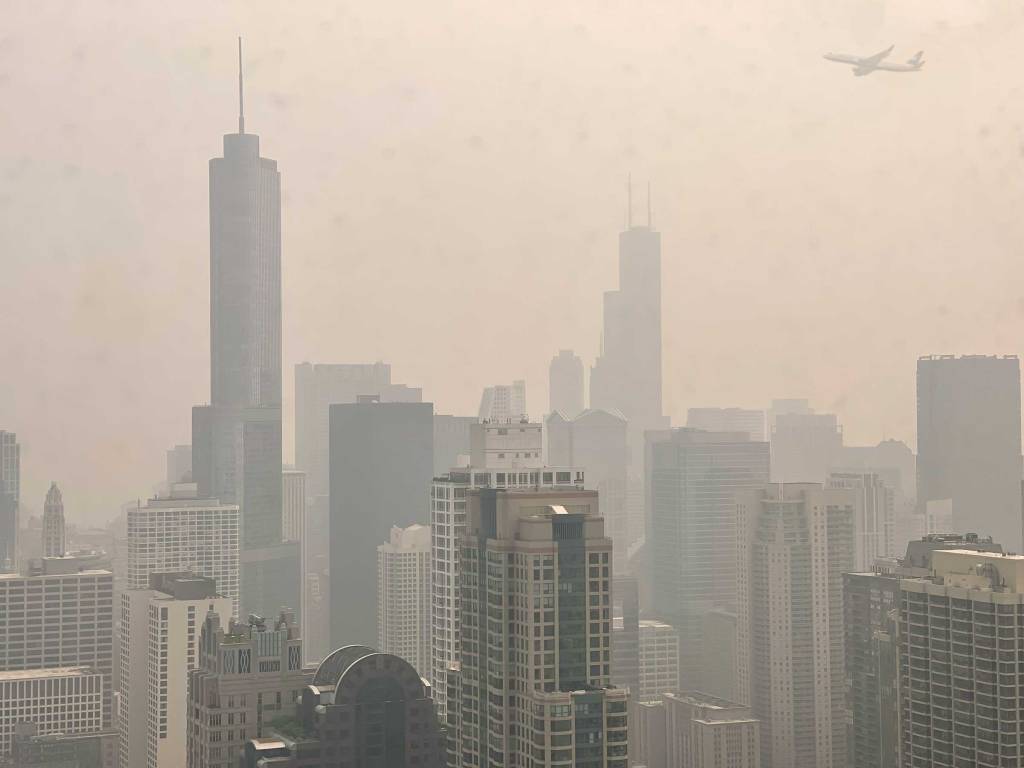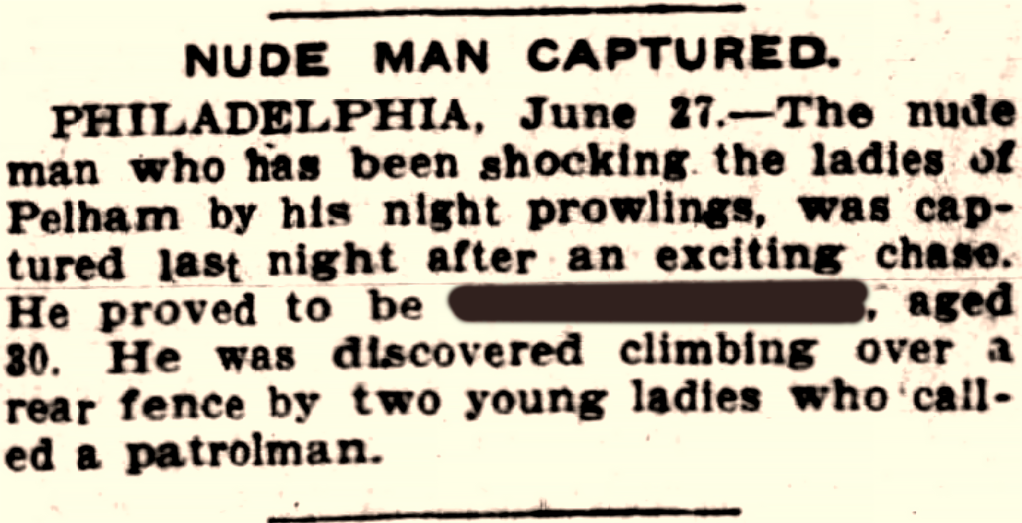
CHICAGO — Picture this: You step outside, ready to embrace a beautiful summer day in the Windy City, and you’re met with an ambiance that’s more Smokey Bear than smoky bar.
Tuesday, June 27, 2023, was such a day for Chicagoans as smoke from Canadian wildfires suffocated our beloved skyline. The Great White North’s blaze exports have turned our city into the world’s largest smokehouse. And we aren’t talking about the delectable smoke that graces our taste buds at a weekend cookout.
Arnold Coobee, a resident of the Streeterville neighborhood, summed up the situation for many of us: “My neighborhood smells awful today. The odor is like burned hotdogs.”
Poor Mr. Coobee. If only we were dealing with overcooked frankfurters, not the health hazard of wildfire smoke.
The aroma may be unpleasant, but the smoke is worse than a nasal nuisance. It’s downright dangerous. It’s like giving Mother Nature a pack of cigarettes and asking her to blow smoke in your face.
The elderly, young, and those with pre-existing health conditions are the most at risk. The air is toxic, hazardous, and in your lungs right now if you’re in the city.
So next time, dear Canada, please keep your wildfires to yourselves. We have enough to deal with without adding “respiratory health risks” to our docket.
Until then, we’ll be over here, holding our breaths and longing for the good old days of clean air and city smog.
